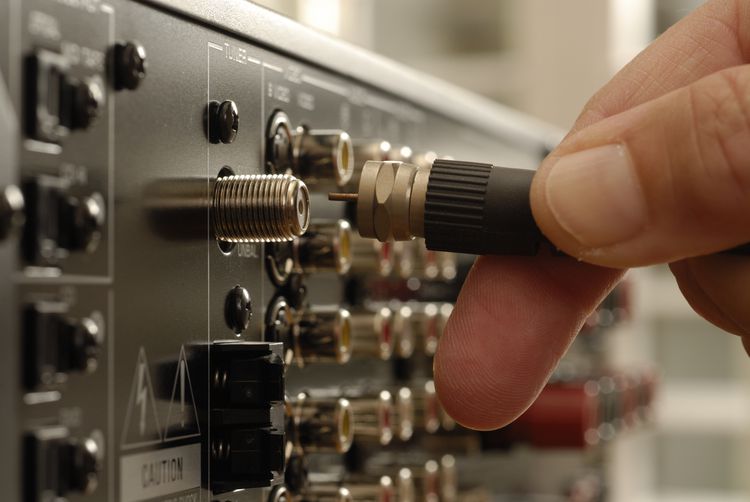Amps
Musical amplifiers, commonly known as amps, are electronic devices designed to increase the amplitude of audio signals, making them powerful enough to drive speakers and produce sound. They are essential components in various musical contexts, especially for live performances and recordings.

Types of Musical Amplifiers
- Instrument Amplifiers:
- Guitar Amplifiers: Designed specifically for electric guitars. They often include preamplifiers, tone controls (such as bass, mid, treble), and effects like reverb and distortion. They come in various forms, including combo amps (integrated amplifier and speaker) and head-and-cabinet setups (separate amplifier head and speaker cabinet).
- Bass Amplifiers: Tailored for bass guitars, these amps handle lower frequencies and often have robust construction to handle the power requirements of bass tones. They typically feature more powerful speakers and cabinets designed to reproduce deep bass frequencies accurately.
- Keyboard Amplifiers: Designed to reproduce the wide frequency range of keyboards and synthesizers. They often include multiple input channels and built-in mixers to handle different sound sources simultaneously.
- PA (Public Address) Systems:
- Used to amplify vocals and various instruments during live performances. PA systems include a mix of amplifiers, mixers, and speakers, designed to cover large venues and provide clear sound reinforcement.
- Acoustic Amplifiers:
- Specifically designed for acoustic guitars and other acoustic instruments. These amps aim to preserve the natural tone of the instrument and often include features like built-in effects and feedback control.
Components of Amplifiers
- Preamplifier (Preamp): Boosts the weak signal from an instrument to a level suitable for further amplification. It often includes tone shaping controls.
- Power Amplifier: Increases the signal from the preamp to a level that can drive the speaker. The power amplifier determines the loudness of the output.
- Speakers: Converts the amplified electrical signal into sound. The size and type of speaker influence the tonal characteristics and volume.
Characteristics and Features
- Wattage: Indicates the power output of the amplifier. Higher wattage generally means louder output, suitable for larger venues.
- Tone Controls: Allow musicians to shape the sound by adjusting the levels of different frequency ranges.
- Effects: Built-in effects like reverb, delay, chorus, and distortion enhance the sound and provide creative options.
- Portability: Combo amps are more portable and convenient for small gigs, while separate head-and-cabinet setups offer more flexibility and power for larger venues.
Applications
- Live Performance: Amplifiers are crucial for ensuring that instruments are heard clearly in live settings, from small clubs to large arenas.
- Recording Studios: Used to capture the amplified sound of instruments with specific tonal qualities that can be adjusted and controlled.
- Practice: Smaller, lower wattage amps are ideal for practice at home, offering the necessary features without excessive volume.
Importance
Musical amplifiers play a vital role in shaping the sound of modern music. They not only make instruments louder but also contribute significantly to the tonal quality and character of the sound, providing musicians with the tools they need to express their creativity fully.
For more on amplifiers and how to get the best out of them go to this link.
